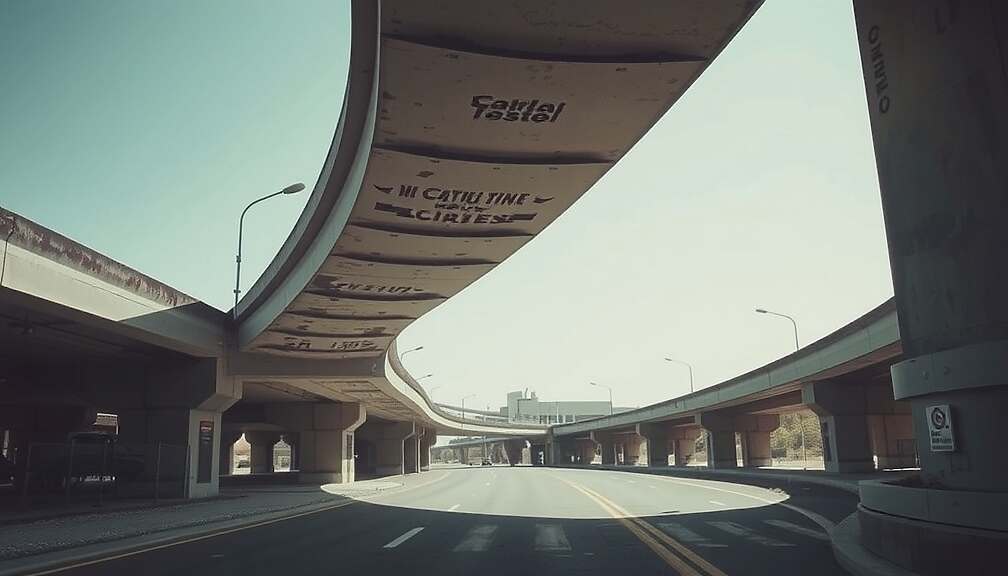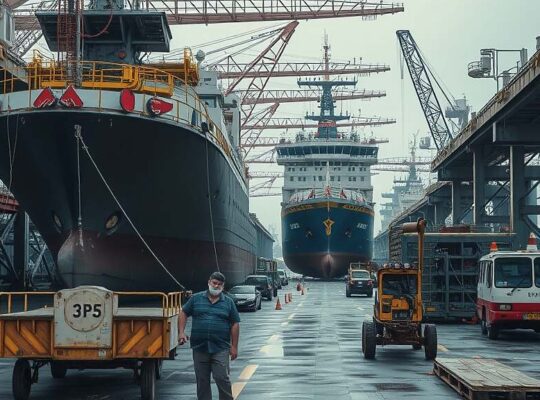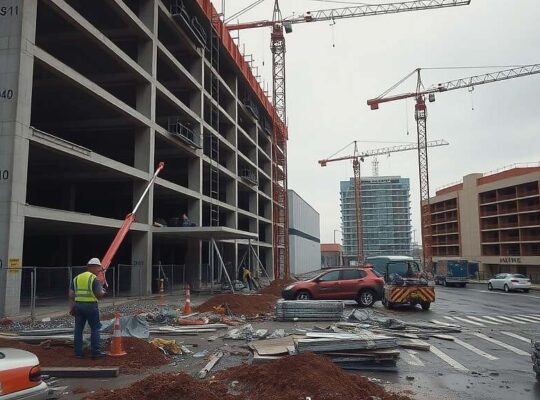The Ministry of Transport, under the leadership of Minister Patrick Schnieder (CDU), is facing a mounting crisis regarding the modernization of Germany’s aging autobahn bridge infrastructure, with progress demonstrably lagging behind targets and raising serious questions about the government’s commitment to public safety. A recent parliamentary inquiry by the Green Party has revealed that only approximately 170 bridges, encompassing a total area of 200,000 square meters, are projected for refurbishment by the end of this year. This falls dramatically short of ambitious goals and highlights a deeply concerning backlog.
Current projections estimate the Ministry will manage repairs to around 200 bridges next year, still below estimated needs for 2024 and significantly below the annual rate of 400 necessary to achieve the government’s stated ambition of renovating 4,000 bridges over the next decade. At the current pace, resolving the accumulated backlog will likely take nearly two decades.
Minister Schnieder’s office attributes these delays to the “preliminary budgetary management” necessitated by the collapse of the previous coalition government and the subsequent early elections. While acknowledging the budgetary complications, critics are voicing skepticism regarding the government’s prioritisation of infrastructure maintenance. The promise to increase the annual renovation rate to 400 by 2030 appears increasingly hollow.
A chilling reality is the ongoing ban on heavy goods transport affecting nearly 150 autobahn bridges due to structural deficiencies. The Autobahn GmbH, the agency responsible for maintaining the highways, is currently prioritizing larger, more complex projects, most notably the replacement of the Rahmede viaduct near Lüdenscheid. This focus on mega-projects, while aiming for significant impact, leaves a multitude of smaller, yet critically important, bridges neglected.
Of particular alarm is the vulnerability of certain bridges exceeding 30 meters in length to “tension corrosion” a structural weakness previously implicated in the catastrophic collapse of the Carola Bridge in Dresden last September. Of 271 such bridges, a staggering 185 are deemed in such poor condition that complete replacement may be necessary.
The monitoring of these tension-steel bridges presents a specialized challenge and the implementation of “acoustic emission monitoring” a crucial assessment technique, remains woefully inadequate. Currently, it is only employed on a single bridge, with a meager three additional assessments planned. This inadequate surveillance capacity constitutes a profound systemic risk.
Swantje Michaelsen, Green Party spokesperson for transport, has sharply criticized the government’s approach, asserting that “all capacities must be concentrated on preservation and renovation”. She is advocating for a moratorium on new construction projects until the existing, dilapidated bridges are adequately refurbished, a demand likely to resonate with a public increasingly concerned about the safety and reliability of Germany’s critical transportation infrastructure. The escalating crisis demands a fundamental reassessment of priorities and a significantly accelerated commitment to bridge modernization.












